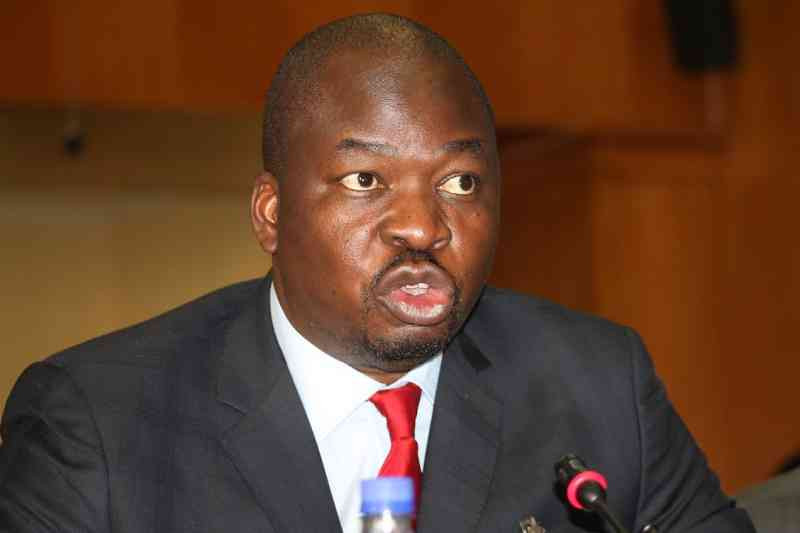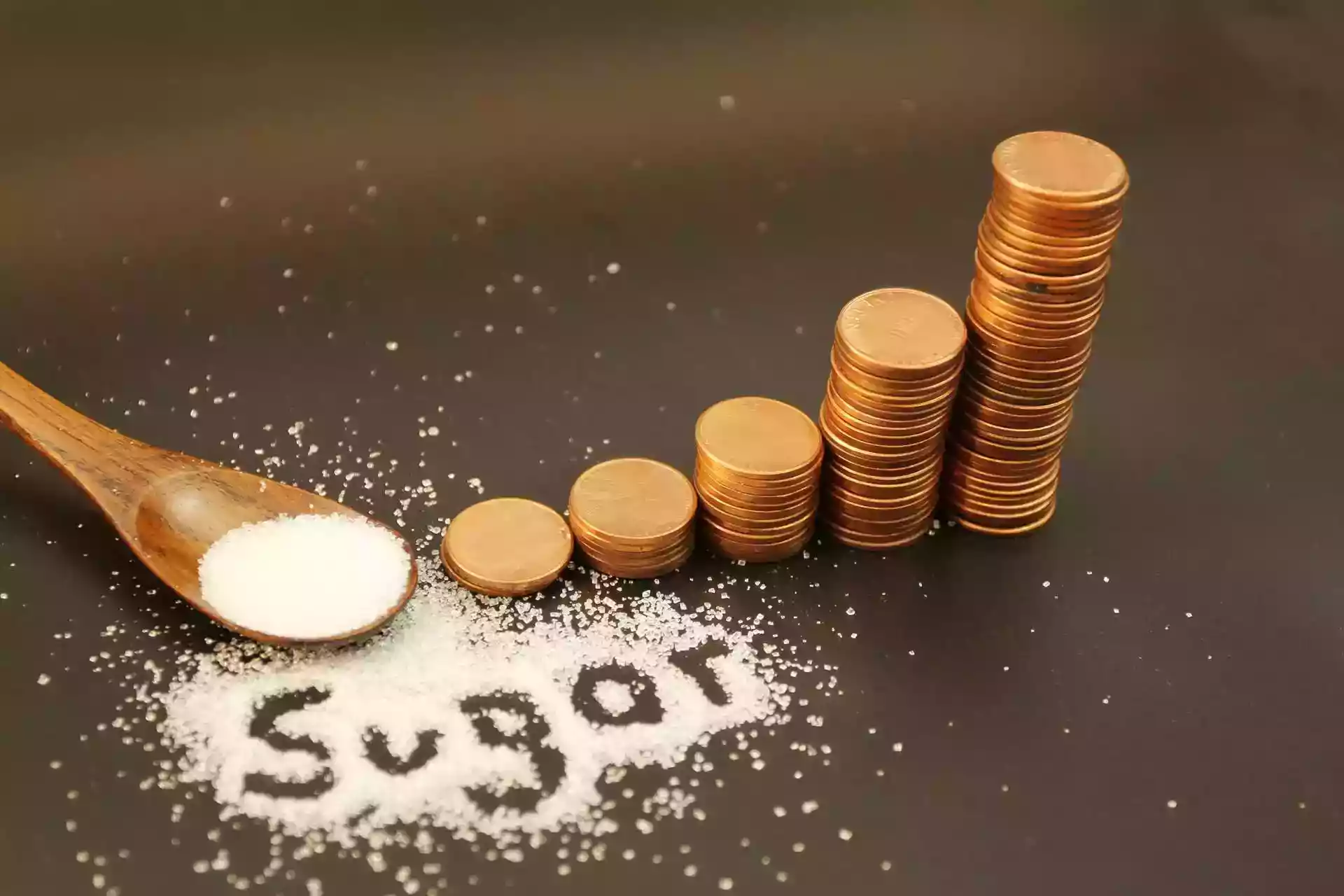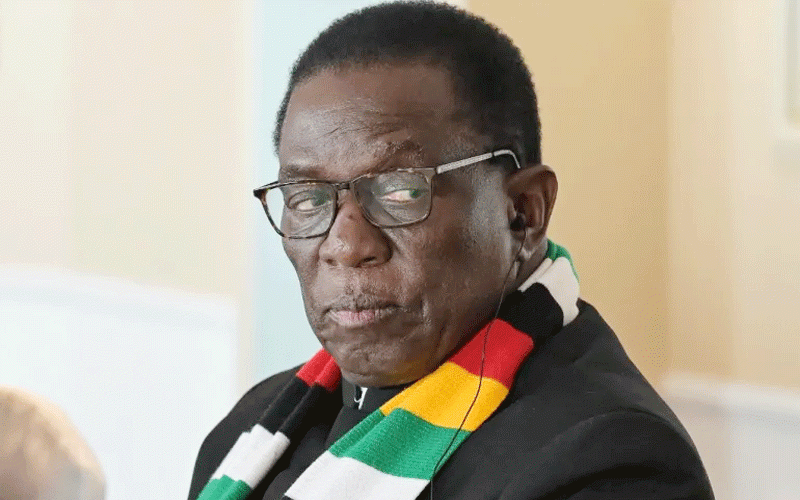
THERE has been a drumbeat of celebrations in the past week, with authorities claiming that an avalanche of haste ad hoc policies announced to fight exchange rate turmoil have worked.
The truth is, they have not. Yes, the Zimbabwe dollar has had minute gains against the greenback on the official market, which is no small feat for a currency that has haemorrhaged for six months, surrendering 647% of its value on the parallel market.
But government knows that the real turf for exchange rate dynamics is the parallel market. It is where consumers get foreign currency after earning Zimbabwe dollars every month, in order to buy basics in supermarkets.
This, in itself, is an awkward situation that authorities have allowed to flourish because there has been no political will to address Zimbabwe’s currency crisis. Perhaps by creating turmoil those in the corridors of power know that they benefit.
But it is important to remind government that the official exchange rate is nothing but a mere side show.
It only works for political gamesmanships, when politicians want to convince the majority that they are on top of the situation.
This is a market of little or no significance to the majority.
Government knows that no ordinary Zimbabwean can walk into a bank and get foreign currency at the official rate. The real currency market has shifted to back stage kingpins, who now rule this economy.
- I rejected Zanu PF scarf: Burna Boy
- NMB workers take on employer
- Mbavara eyes to resurrect Matavire’s music legacy
- I rejected Zanu PF scarf: Burna Boy
Keep Reading
It was not only naïve but an insult to Zimbabweans for authorities to celebrate a small positive gain whose effect has no bearing on long suffering ordinary people.
Instead, government must assemble the arsenal to confront the real enemy that they have helped create — the parallel market.
The parallel market rate has stubbornly stabilised at around US$1:ZW$7 700 in the past week, from around US$1:ZW$10 000 last week. It has depreciated from ZW$750 in October. That in itself should be a source of worry. How many formally employed Zimbabweans earn enough to buy US$1 for ZW$7 700 and take home enough to survive.
ZW$1 million now buys less than US$129.
There is a complex issue here. The job market carnage and general economic malaise has eroded consumer buying power.
Companies now have limited markets for their products.
Their capacity to increase wages at the same breakneck speed as rioting black market rates has been severely compromised.
In the past few months, workers have earned as little as US$10 when their salaries are calculated at parallel market rate — the rate that they use to buy everything. The government is celebrating mediocracy. It only reacted, through a frenzy of policies, when it was already too late. In fact, government has demonstrated that it has no viable strategy. It has surrendered its authority over the economy to the parallel market, which now flexes muscles as it pleases.
In this case, they only woke up after the brutal parallel market had already turned everything upside down.











